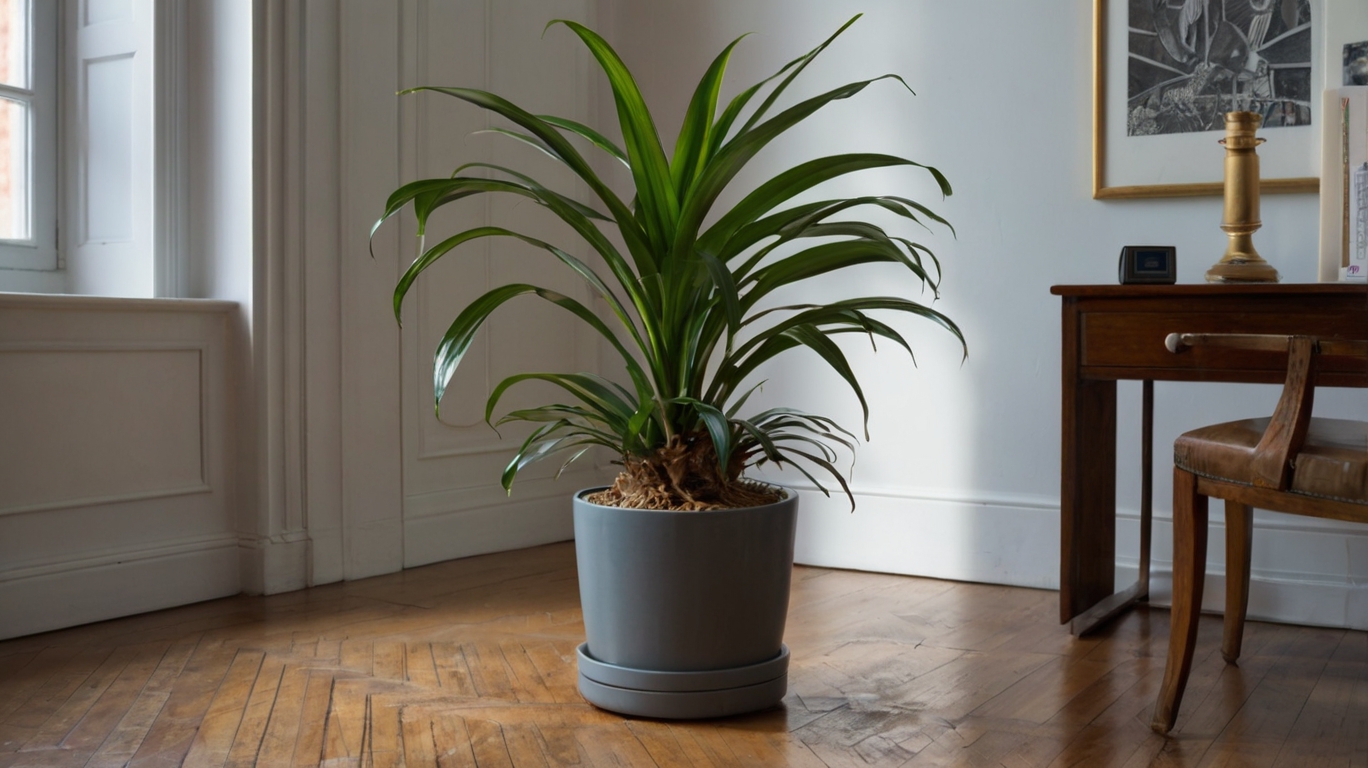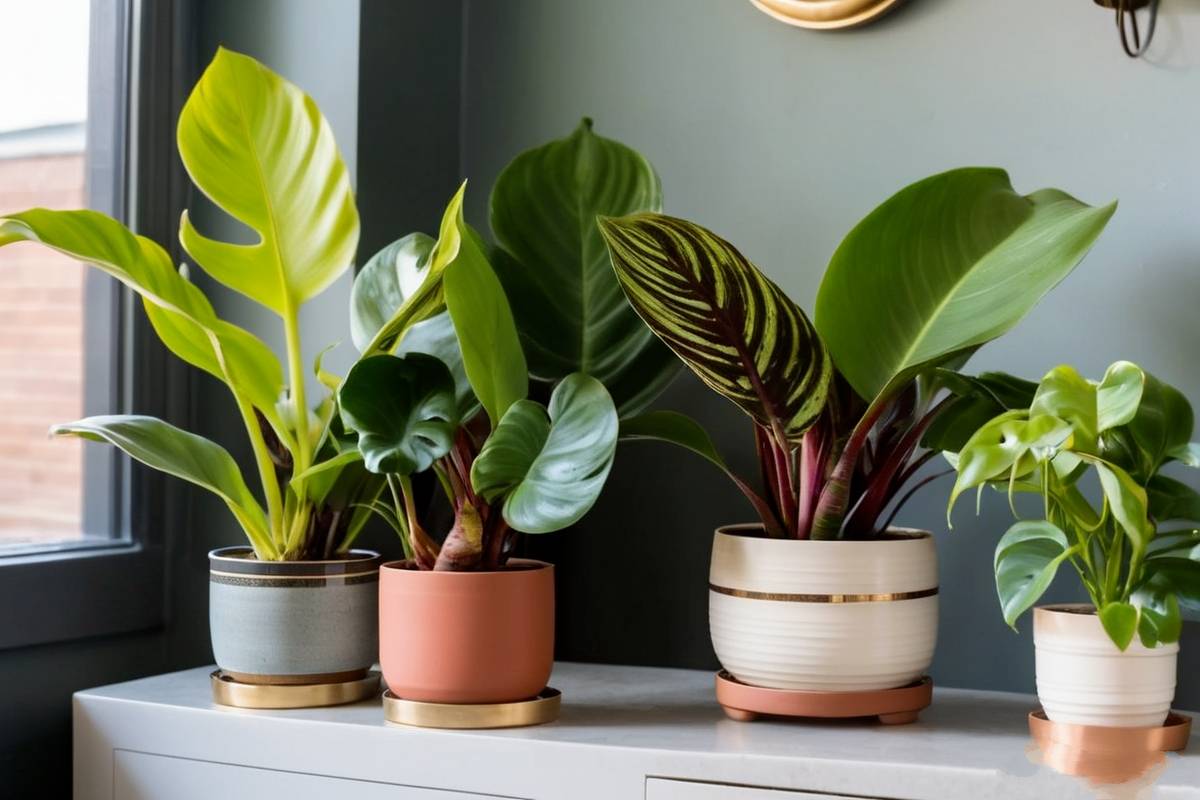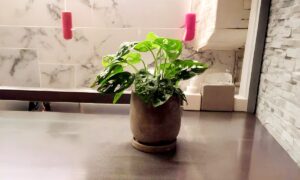
In the dry, arid climate of many urban areas, maintaining proper humidity levels in the home can be a constant battle. Dry air can lead to a host of issues, from static electricity and cracked skin to respiratory problems and increased susceptibility to illness. And for many households, the solution often involves investing in an expensive, energy-guzzling humidifier.
But what if there was a more natural, cost-effective way to keep your indoor air properly moisturized? Enter the humble houseplant – a simple, low-maintenance solution that can not only improve your home’s humidity levels, but also save you money in the long run.
In this article
The Science Behind Houseplants and Humidity
At their core, houseplants are living, breathing organisms that require water to survive. As they go about their daily processes of photosynthesis and transpiration, plants release moisture into the surrounding air, effectively acting as natural humidifiers.
“The amount of humidity a plant can add to a room really depends on the size and type of plant. Larger, leafier plants like Boston ferns and peace lilies tend to be the most effective, as they have a greater surface area for transpiration.”
Dr. Emily Walters, botanist.
According to Walters, a single large houseplant can increase the humidity level in a 200-square-foot room by as much as 5-10%. And when you have multiple plants strategically placed throughout your home, the cumulative effect can be even more significant.
“Houseplants are a great way to naturally boost the humidity in your living space without having to rely on an energy-intensive humidifier,” Walters says. “They’re a sustainable, cost-effective solution that can provide long-term benefits for your health and your wallet.”
The Benefits of Increased Humidity
Beyond just making the air feel more comfortable, increased humidity levels in the home can provide a number of tangible benefits. For one, it can help alleviate respiratory issues like dry sinuses, nosebleeds, and even asthma symptoms.
“Dry air can really exacerbate respiratory problems, as it causes the mucous membranes to dry out and become more susceptible to irritation,” explains Dr. Samantha Nguyen, a pulmonologist in Los Angeles. “By using houseplants to add moisture back into the air, you can provide much-needed relief for those suffering from chronic sinus or lung issues.”
Increased humidity can also help protect your home’s furnishings and electronics from damage. Dry air can cause wood to crack and warp, and it can lead to static buildup that can damage sensitive electronic components.
“I used to have so much trouble with my hardwood floors and furniture drying out in the winter,” says Sarah, a homeowner in Chicago. “But ever since I started using houseplants to humidify the air, I’ve noticed a huge difference. My floors and furniture look so much better, and I haven’t had any issues with static electricity either.”
Choosing the Right Houseplants for Humidity

Not all houseplants are created equal when it comes to their humidity-boosting capabilities. Some species, like succulents and cacti, actually prefer drier conditions and won’t be as effective at increasing moisture levels.
Instead, look for plants with large, broad leaves that can release a significant amount of water vapor through transpiration. Some of the best options include:
“When choosing plants for humidity, you also want to consider their overall care requirements,” advises Walters. “Plants like Boston ferns and peace lilies need consistently moist soil, so they’ll be more high-maintenance than something like a pothos or philodendron.”
Placement is also key – you’ll want to position your humidity-boosting plants in high-traffic areas of the home, such as the living room, bedroom, or home office. This will ensure the moisture is distributed throughout the space, rather than just concentrated in one corner.
Saving Money with Houseplant Humidifiers

Of course, the real draw of using houseplants as natural humidifiers is the potential for cost savings. Traditional electric humidifiers can be quite expensive, both in terms of their initial purchase price and their ongoing energy consumption.
“I used to have a big, bulky humidifier in my bedroom, and my electricity bills were through the roof,” says Emily, a young professional in New York City. “But since I started using a few peace lilies instead, I’ve been able to ditch the humidifier entirely and save a ton of money.”
According to the U.S. Department of Energy, the average whole-home humidifier can cost between $100-$400 to purchase, and then an additional $50-$200 per year to operate. In contrast, a single large houseplant typically costs less than $50, and requires only minimal maintenance and watering to keep it thriving.
“Houseplants are such a smart, sustainable way to improve the air quality and humidity in your home,” says Walters. “Not only are they more cost-effective than traditional humidifiers, but they also provide a host of other benefits, from air purification to stress reduction. It’s a win-win for your wallet and your well-being.”
So, if you’re tired of dealing with the hassle and expense of electric humidifiers, consider bringing some lush, leafy houseplants into your living space. With their natural ability to boost humidity levels, you can enjoy a more comfortable, healthier indoor environment – all while saving money in the long run.







